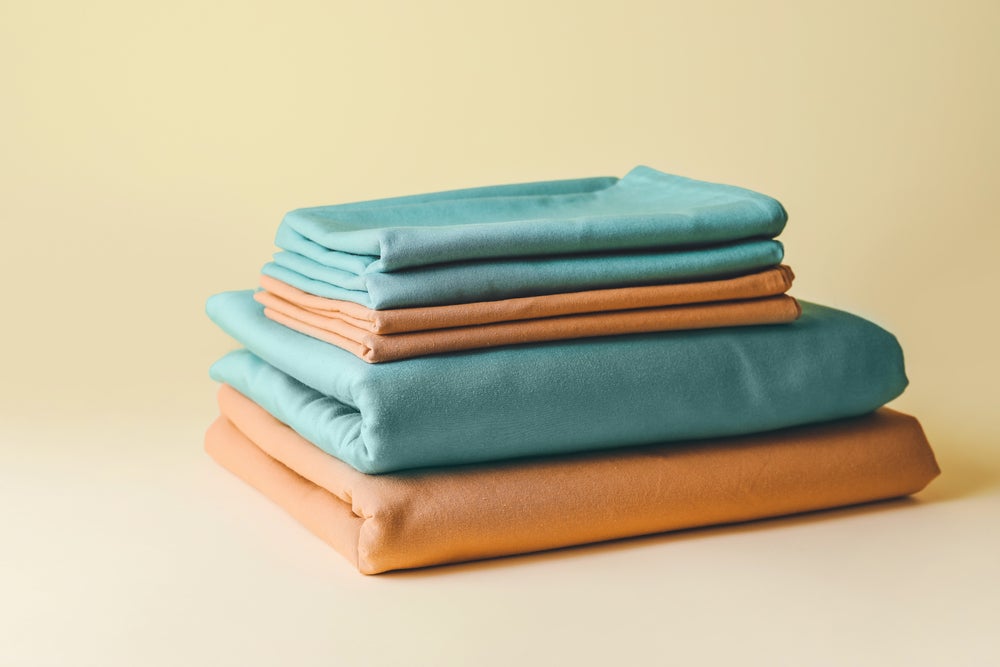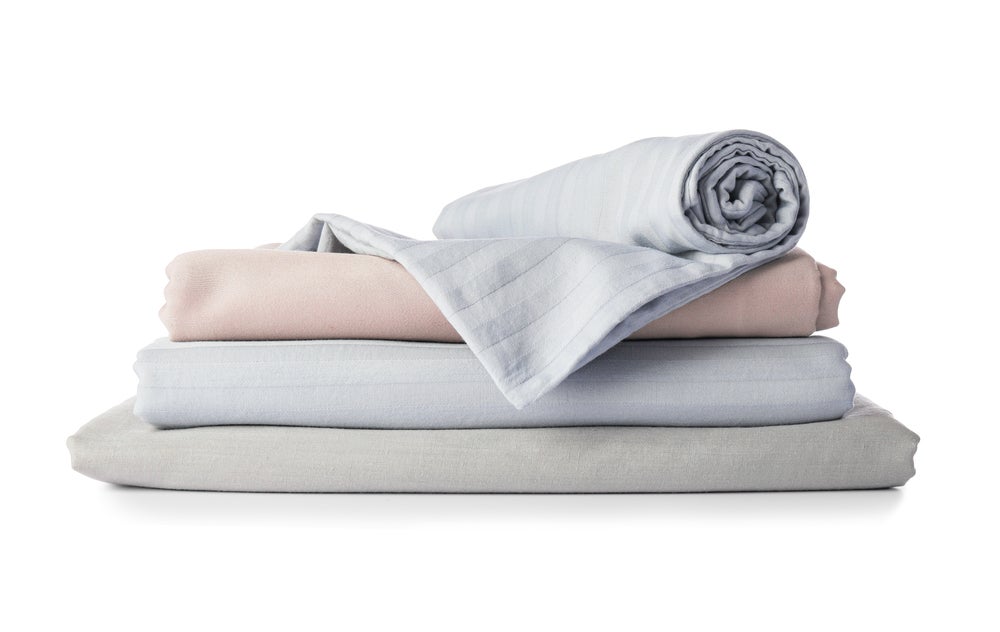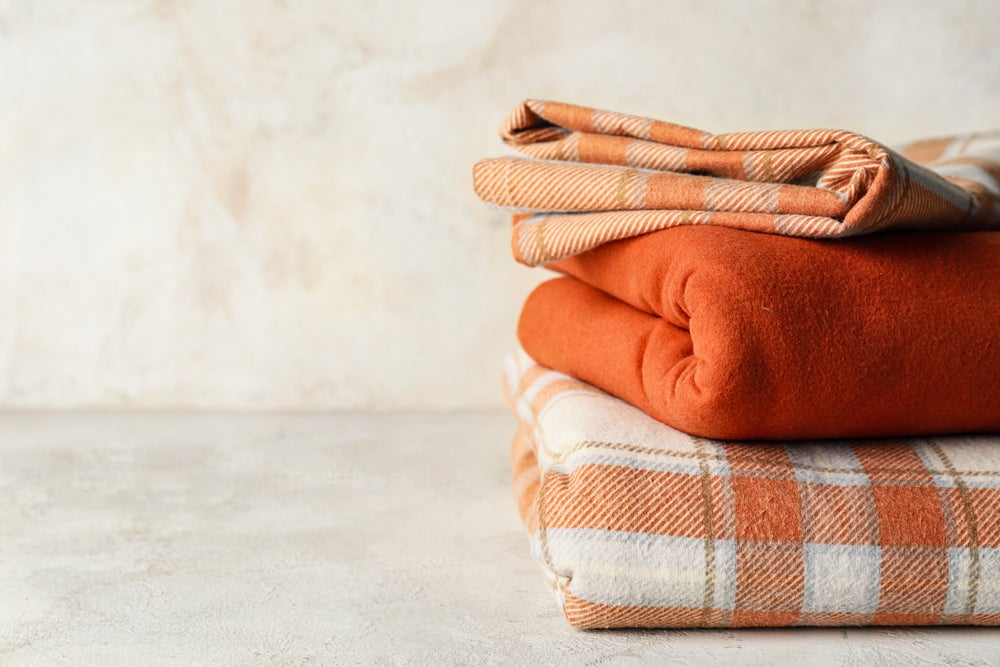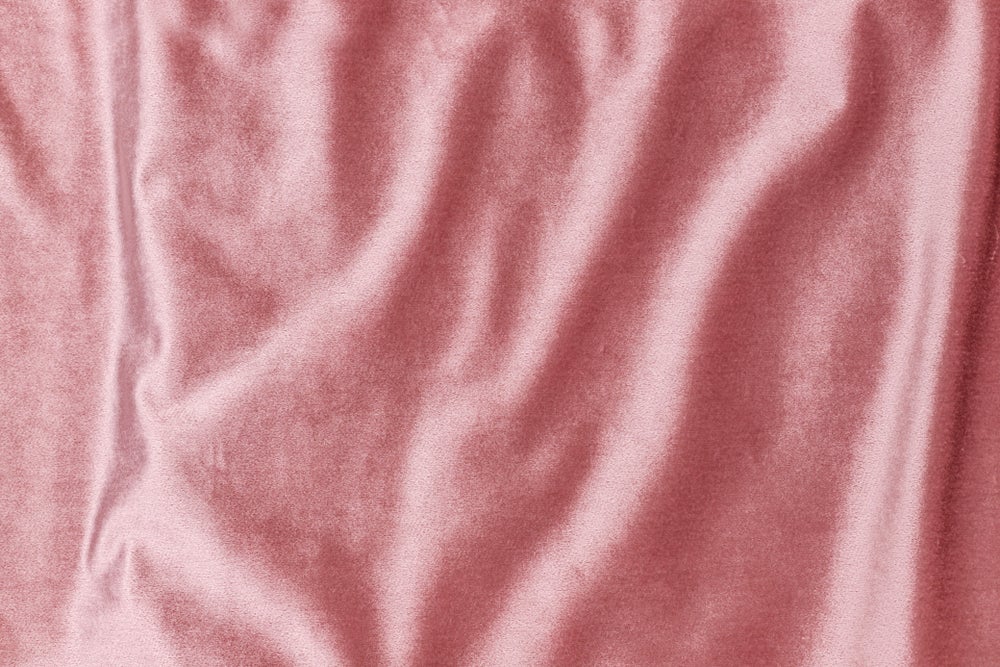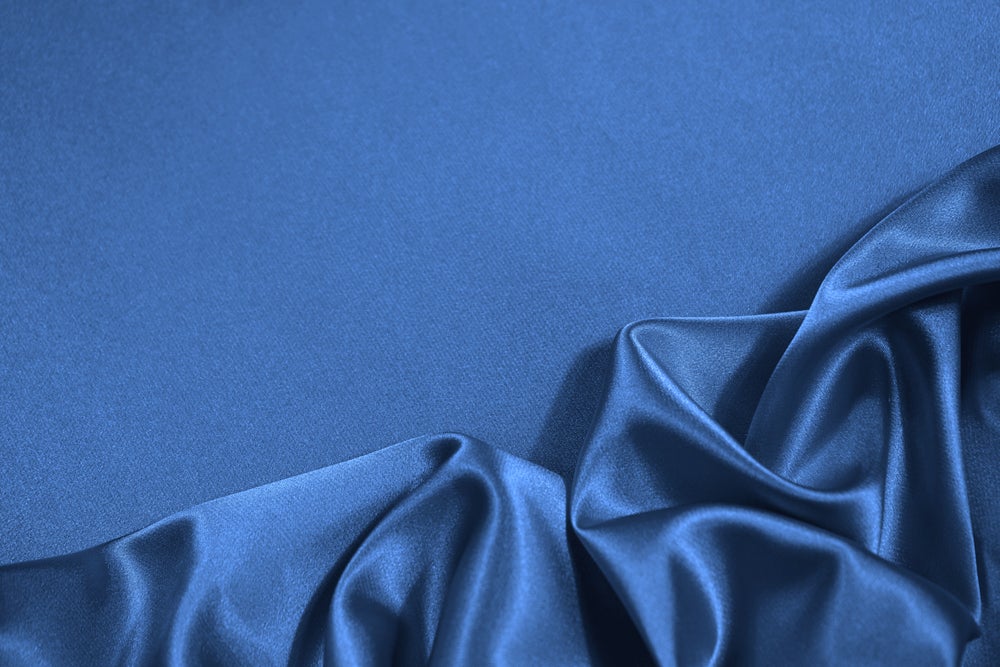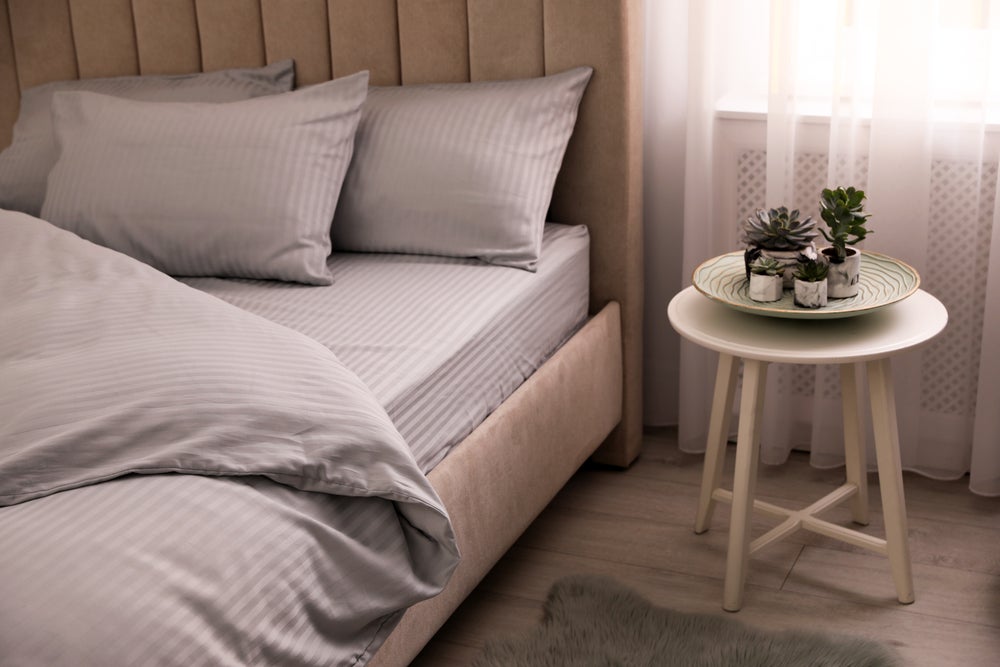What’s the most comfortable space in your home? If you didn’t say your bed, that’s a problem. While you want to be able to relax in your living room and outdoor space, your bed is the most important place to ensure you have a comfortable haven in your home. You should go to bed at night knowing you’ll get a good night’s sleep to prepare you for the next day. And that involves more than a luxury mattress.
Your sheets are extremely important to creating the ideal sleep environment, but to ensure you choose the kind of sheets that are best for you, it’s essential to know what sort of options are available to you. It might surprise you the variety of bedding options that are out there, especially when you realize that it’s not just different materials and thread counts. When you purchase sheets, you have to sift through material types, thread counts, cooling properties, elasticity, and more to determine what’s going to work best for you. We’ve prepared a comprehensive list of some of the most common sheet types on the market and their benefits, so you can make an informed purchase that will make your bed the most comfortable space in your home.
The Most Common Material – Cotton
Not all cotton is created equal. Therefore, you have to understand the different categories in which the quality of cotton is rated, including thread count, weave, staple length, and more. Consider that cotton comes in boles, and you have to stretch it to create the fibers used to weave threads and sheets. The result of stretch boles of cotton is staple length.
Staple Length
Staple length refers to the length of the fibers used to weave the cotton into a sheet. There are basically three lengths – short staple (typically 1-1/8 inch), long staple (at least 1-1/4 inch), and extra-long staple (between 1-3/8 and 2 inches in length). The longer the staple, the higher the quality of the cotton and the softer, more durable those sheets will be. Typical examples of cotton staples include:
• Egyptian cotton
This is the highest quality cotton available in sheets and can be quite pricey, usually made with an extra-long staple. Expect supple softness and incredible durability.
• Pima/Supima
Supima is the trademark name for American Pima cotton, which is a long staple, and while it isn’t quite as expensive as Egyptian cotton, it’s still high quality and soft. Pima is known for durability and strength.
• American Upland
If the label just says ‘100% cotton,’ this is likely the type. A short staple cotton is rougher than the costly cotton sheets you’ll find but also the most common. They are still durable but don’t offer that luxurious feel most of the time.
• MicroCotton®
This trademarked and branded cotton is made with a very fine thread in India, and it’s not only soft but also durable, made from a long staple cotton blend.
Weave
Of course, you can’t base your decision solely on the sheet’s staple, considering that most people don’t want to bear the cost of Egyptian cotton sheets. Choosing the right weave can add a level of softness as well as structural durability to lower quality cotton so that you get more of the luxurious benefits without the added cost. Some common weaves include:
• Flannel
Flannel cotton sheets are constructed with a plain or twill weave, which makes them softer and more pliant than many other weave options.
• Percale
This is also referred to as a ‘plain’ weave, and it’s commonly used for higher quality cotton that are combed and then woven tightly, giving it a softer feel and smoother finish. Because of the lightness of this type of weave, it’s also excellent for those who tend to sleep hot and need a cool sleep environment.
• Sateen
There is a specific technique employed for this weave that takes four threads over and one under. While anyone who doesn’t weave or sew may not know what that means, what you should know is that this creates a lush, silky feel while also becoming the most durable option of the three most common weaves. It also tends to be heavier and, therefore, works better for people who tend to get cold at night and want a warmer sleeping environment.
• Jersey Knit
This is made of cotton – or sometimes, a cotton/synthetic blend – and is knitted rather than woven. It results in a stretchy material that fits mattresses well and offers a soft, broken-in feeling. It’s similar to flannel in that it’s measured in ounces/yard rather than thread count, and it holds in heat, making it an excellent material for winter and for those who get cold at night.
Thread Count
In the past, people have come to assume that a higher thread count is always better. However, people learn that the number of horizontal and vertical threads in a square inch is not the only criteria that matter in determining the best sheets to purchase. In fact, with so many other aspects to the decision, thread count has become the least consequential detail in the purchase cycle. However, you want to ensure that there’s a high enough thread count to create a proper weave, meaning that you have the durability you require without compromising on the softness. So, when considering thread count, you may want to stay at 250 or higher, just to ensure that the weave is tight enough to give you long-lasting comfort.
Choosing Single- or Two-Ply
If you’re thinking of paper towels and toilet tissue right now, you’ve got the right idea. Except with bed sheets, it’s backwards. Two-ply sheets are woven more loosely than single-ply sheets, which causes them to feel rougher to the touch and also be less durable. Therefore, you’re more likely to enjoy a single-ply sheet set, even if it has lower quality cotton than a two-ply set, and a higher thread count.
You may want to read: Best King Sheets
Other Materials to Consider
While cotton is the most popular bed sheet material by far, there are plenty of other material options to consider, depending on what sort of sleeper you are. Taking into consideration that new designs are constantly improving quality and also digging into the needs of the average sleeper, you might prefer one of these other choices among the materials for your bed sheets.
• Flannel
While flannel is cotton, it’s best considered separately from other cotton weaves because it’s warmer and better for cold winter nights. It traps body heat, keeping you toasty while you sleep. However, if you have night sweats or need to sleep in a cool environment, flannel may not work for you, even in the dead of winter. When looking at flannel, keep in mind that it’s not measured or rated by thread count at all. Rather, the quality of this particular cotton weave is measured in ounces per square yard, as it’s a loose weave that incorporates a technique similar to two-ply sheets without the worry of the material losing durability or strength.
• Tencel®
This branded material is made from the wood pulp of the eucalyptus tree, which is naturally anti-microbial and considered to be an environmentally friendly material. If you’re someone who likes to conserve resources, this is a great option since it requires less water, chemicals, and energy to produce than cotton while still turning out soft and comfortable. Perhaps the one downfall of Tencel is that it’s not as breathable as cotton, meaning that it tends to hold more heat rather than releasing it to keep you cooler through the night. Still, it definitely offers greater airflow than flannel and other materials, so if you don’t have significant issues with overheating while you sleep, you’ll still enjoy the feel of these types of bed sheets.
• Silk
There are tons of benefits to using silk sheets. This luxurious bedding material, produced by silkworms, is cool and sensuous with a lavish feel that is hard to beat. If you want a cool sleeping area, there’s no better option than silk. And if you’re looking to add a little romance to your life, these are also a great way to go. Silk is also hypoallergenic, so if you have raw allergies that plague you night and day, silk might help you ease the symptoms while you sleep. However, there are two very difficult aspects involved with silk sheets. The first is cost – you’re going to pay quite a premium for these high-quality sheets and that may be a deal breaker when you start looking at the actual prices. Silk is also extremely delicate, meaning that caring and maintenance can be frustrating and difficult. This means they aren’t as durable as standard cotton and other available materials.
• Polyester
You may not have realized it, but the manmade polyester we have in our clothing and sheets is made from the same polymers incorporated into the manufacture of plastic bottles. In many cases, polyester sheets feel scratchy or stiff, but a polyester blend can be quite nice. For example, when you get a blend of cotton and polyester, you get a much less expensive sheet with a similar soft, smooth feel to it. Microfiber is a type of polyester material that is more tightly woven to create a softer feel and greater strength. However, the downside to this weave is that it’s not as breathable as other polyester options, especially cotton blends, so it doesn’t work to keep you cool through the night. At the same time, microfiber tends to be stain resistant and can be an excellent solution to bedding for children.
• Linen
For years, bed sheets have been referred to as ‘linens’. The truth is- linen is its own material that is separate from others and can still be trusted as a source for comfort, durability, and breathability in bed sheets. Made from flax, which is a fiber of the Linum plant, linen is often textured by as soft, giving you almost a quilted sensation in certain weaves. Whether choosing 100% linen or a linen blended with cotton, you’ll find that there is plenty of airflow through the material that is similar to a straight cotton sheet. These sheets will work for any season of the year, as they don’t ‘disperse’ heat but also don’t hold it in. It also works well, especially for children, since it’s incredibly strong and can withstand the beating of a rambunctious child.
• Bamboo – Rayon
The idea of ‘bamboo’ sheets has become popular since it sounds quite eco-friendly. However, consider that actual bamboo, when made into fibers and woven into sheets, is going to be extremely rough and unsatisfying in most cases. Much of what is labeled bamboo in terms of bed sheets is actually rayon – bamboo pulp that’s been chemically processed so that it truly isn’t good for the environment. Of course, if you’re not concerned with environmentalism and are looking for an option that is cool and smooth without spending the cash to purchase Egyptian cotton, rayon is a good alternative. It’s soft and durable, almost silky, and it sleeps quite cool with high breathability due to its light weave.
• Blends
The most common material blend is cotton and polyester, which creates an affordable option to 100% cotton that still remains breathable and smooth. However, you’ll find a number of different blends on the market today that create a compromise or even a better feel than some of the single material products on the market. A good example of an innovative choice is a cotton-rayon blend, which gives you the comfort of knowing that you haven’t had quite as harsh of an impact on the environment but also delivers a breathable, smooth sleep environment in a sheet that is wrinkle resistant for a better look, even if they’ve been folded for a while.
You may want to read: The Best Twin Sized Bed Sheets
Sheet Sizes
Once you’ve determined the type of sheet you want, including the level of quality you want to invest in, you need to consider the size of the sheets that involves more than the measurement of your mattress. You also have to consider how thick your mattress is since not all fitted sheets are constructed with deep enough pockets to fit around the whole of your mattress. In addition, if you have a mattress topper, you have to take that thickness into account so that you purchase the right sheets, as well. Aside from the standard twin, full, queen, and king size mattresses, you’ll find other options, including twin XL, full XL, California king, and even a few others that have entered the market. Standard king-sized sheets won’t fit a California king, and a twin XL mattress is longer than a standard twin, meaning you need specialized sheets. Be sure you know the exact size of your mattress before you make a purchase. Also, consider that you can choose from a variety of thickness to make sure your that your fitted sheet covers your mattress:
• Standard
A standard mattress requires a fitted sheet made to cover a thickness between 7 – 14 inches.
• Deep
Anything over 14 inches thick is considered ‘deep’, and most sheets fitted to deep mattresses will cover between 11 – 17 inches.
• Extra Deep
Anything over 15 inches is considered extra deep, and this often comes into play if you have a mattress topper along with your mattress. Most extra deep fitted sheets stretch between 15 – 22 inches.
Affordable ‘Back Up’ Sheets
While you may want to spend top dollar on the bed sheets you use all the time, it can be a good idea to invest in backup sheets that aren’t necessarily top-of-the-line. These are a more cost-efficient option that allows you to take the time to wash and care for your more luxurious set while still providing a comfortable bedding environment in the interim. By the same token, you probably need a set or two of guest sheets for when family and friends come to visit overnight. You want these to be cool, soft, and comfortable, but because they likely get comparatively little use, you don’t want or need to get the priciest, highest quality sheets on the market. Therefore, you’ll save money while still assuring that your guests sleep soundly. And what about your children? It wouldn’t be a very smart investment to pay the high price for Egyptian cotton, especially for a small child who might still have accidents at night or is likely to spill something in his or her room during the day.
At the same time, you’re talking about your child and his or her comfort, so you don’t want to aim too cheap and risk their young, sensitive skin being irritated so they don’t get a solid night’s sleep. Choosing a cotton/polyester blend or something similar can strike a good balance for all these applications. It’s a cost-effective blend that incorporates cotton for a smooth but breathable feel, along with the cheaper polyester that, when it isn’t used by itself, doesn’t create a scratchy surface or hold in too much heat. A rayon blend can also be cozy since it remains fairly cool and offers a nice sheen that is similar to a sateen cotton weave. Another good material for guests or children, as well as for a year-round backup option for your own bed, is linen or a linen-cotton blend. You’ll find them breathable but not overly cool, yet also smooth and silky against your skin. They’re extremely durable and hold up against wear and tear, so it doesn’t matter how often they have to be laundered or how rough a sleeper uses them. You can count on them to last.
You may want to read: Best Thread Count for Bed Sheets
The Bottom Line
For a long time, people have advocated that thread count is the most important consideration when you decide to buy new sheets. As it stands, with so many other important details to consider that can completely override the need for a high thread count, this is probably the least vital aspect of bed sheets to consider when you go shopping and should only be a final consideration when comparing sheets that meet all your other needs.
Take into consideration how you sleep. If you tend to get too warm too quickly, you’ll want a material and weave that allow greater breathability, so your excess body heat doesn’t become trapped and leave you in a world of discomfort. However, if you tend to grow chilled quickly after going to bed, you might want to consider a heavier weave or something that helps contain body heat, like Jersey knit or flannel. Staple length certainly means more than thread count since it tells a great deal about the quality of the cotton itself. While this doesn’t really come into play with other materials, it can be a guide in terms of mention of fiber lengths in other bed sheet types. Additionally, you’ll want to consider the monetary factor and how that affects your decision. After all, it wouldn’t make sense to break the bank if you’re just as comfortable with a less expensive material.
Photo credit: New Africa/Shutterstock; Pixel-Shot/Shutterstock; Pixel-Shot/Shutterstock; Pixel-Shot/Shutterstock; nnattalli/Shutterstock; NatalyFox/Shutterstock
Frequently Asked Questions
Do you need to use a flat sheet and a fitted sheet?
Most sheet sets come with a flat sheet and a fitted sheet. The flat sheet is a rectangular shape, finished at the edges, and has no elastic around the corners or three-dimensional shape. A fitted sheet, however, has corners sewn into it with elastic sewn in on two or four sides as well. Many people like using a fitted and a flat sheet together, since the fitted sheet stays in place on the mattress and is less likely to move if you are a restless sleeper, while the flat sheet adds an extra layer between you and a duvet or blankets. This keeps the bed fresher, too, since you will likely wash the fitted sheet more often than the duvet or blankets. Many hotels only use flat sheets because they are easier to iron and fold, plus if you have arthritic hands, it is sometimes easier to tuck in a flat sheet than pull a fitted sheet over and down the height of a mattress. As well, may people prefer to only use a fitted sheet as it saves money, especially if they have a cover for their duvet or blanket that can be easily removed and washed.
How often should sheets be washed?
The answer to this depends upon your own personal level of hygiene. Generally speaking, however, it’s best to wash or change your sheets at least once a week. If you have night sweats , sleep inn a hot climate where you sweat a lot, or sleep with your dog or cat, you may want to wash your sheets more often. Conversely, if you like to shower before you go to bed, you can wash or change your sheets every two weeks. Even if you don’t shower before you go to bed, waiting two weeks to wash your sheets is okay, too, but longer than that and they may start to smell from body odor and perspiration. Finally, after three or four weeks, they will start to look dull from the natural sloughing off of skin cells and hair, accumulation of dust mites and any dirt you may bring into bed from walking barefoot.
Can you put king sheets on a queen-size mattress?
What happens if you own a queen size mattress and the sheets you ordered are king size and you cannot return them? Can you use them on your queen bed? The quick answer is yes. By dimensions, king sheets are larger than a queen mattress, however, you will have to adjust them a bit to fit. One trick is to tuck the fitted king sheet under the mattress and use elastic bands on the corners to hold it in place, or you can hold them in place to the mattress with a couple of safety pins. If you also use a king flat sheet, then you can just drape it over the fitted sheet and let the sides hang down for a layered look, or tuck it under the mattress and top with a duvet.
